Python Create Object
We already know that an object is a container of some data and methods that operate on that data. In Python, an object is created from a class.
To create an object, you have to define a class first. Let’s check that in example below.
Example
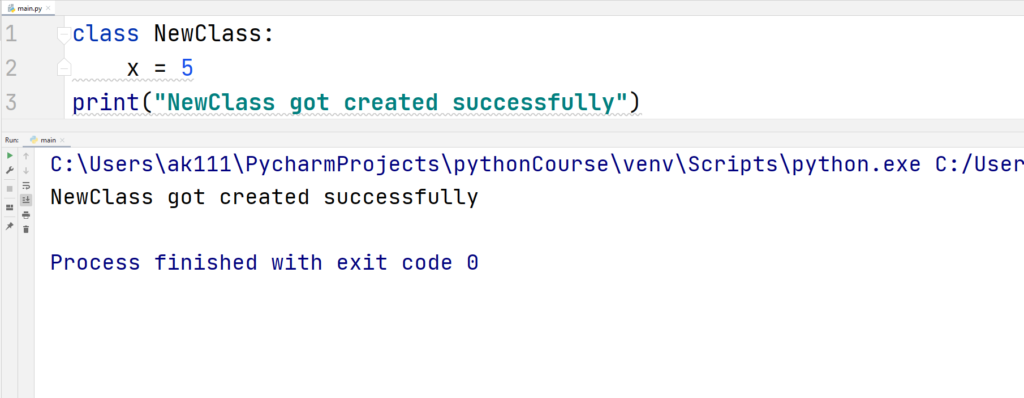
Python Objects are also necessary if you are planning to perform any operation with the class. You can create an object like as shown below.
Example
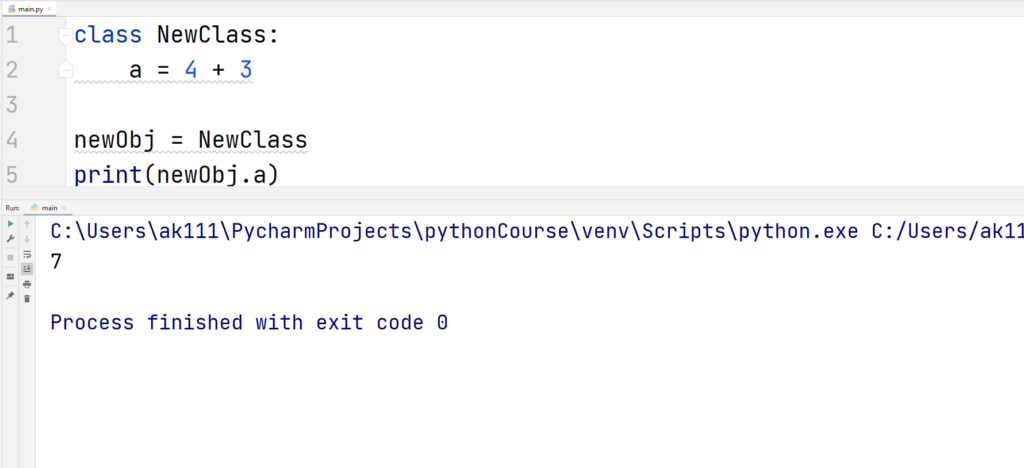
A Python object is an instant of the defined class and thus creating a new object from a class is called instantiation .
Create Python Object with attributes
What is an Attribute ? These are the variables that are exclusive to an object or a class. In the example above, we created a class attribute named ‘a’.
You can create an object with attributes in Python too. This can be done in the following way:
Example
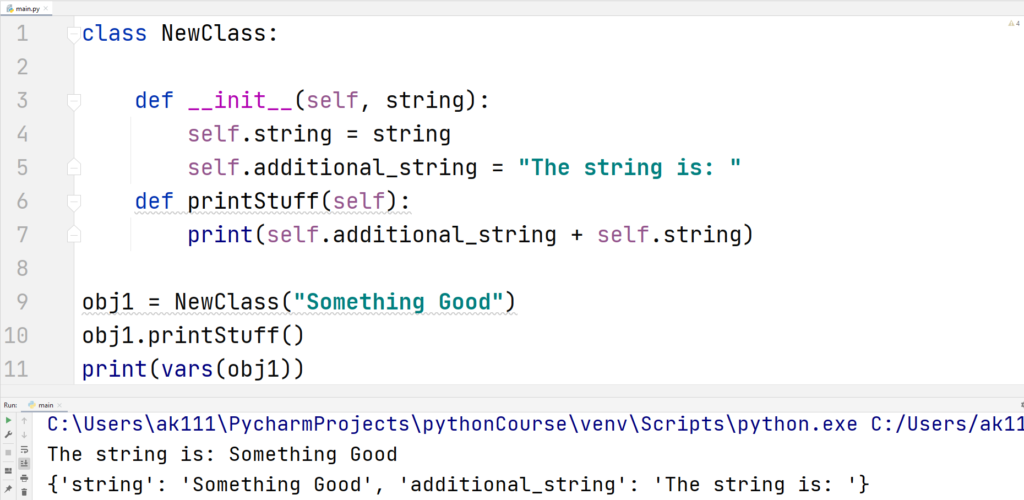
In the example above, we created two object attributes inside the __init__() method. Every object you create using the class creates a copy of these attributes. It means that these attributes (or their copies) are unique to each object.
Create Empty Python Objects
Creating empty objects in Python is easy. Define an empty class and then create an object of that class. Let’s check that in the example below
Example
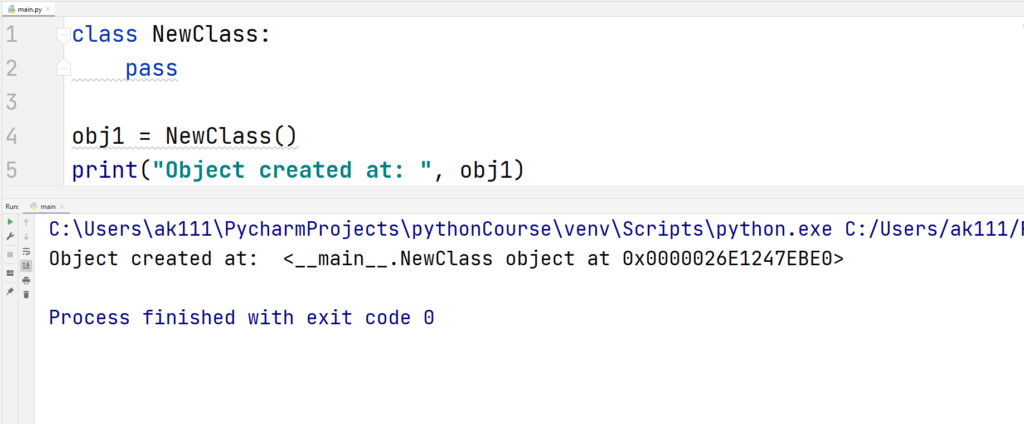
But what if you want to create an empty object without explicitly creating an empty class? You can do that too!
Example
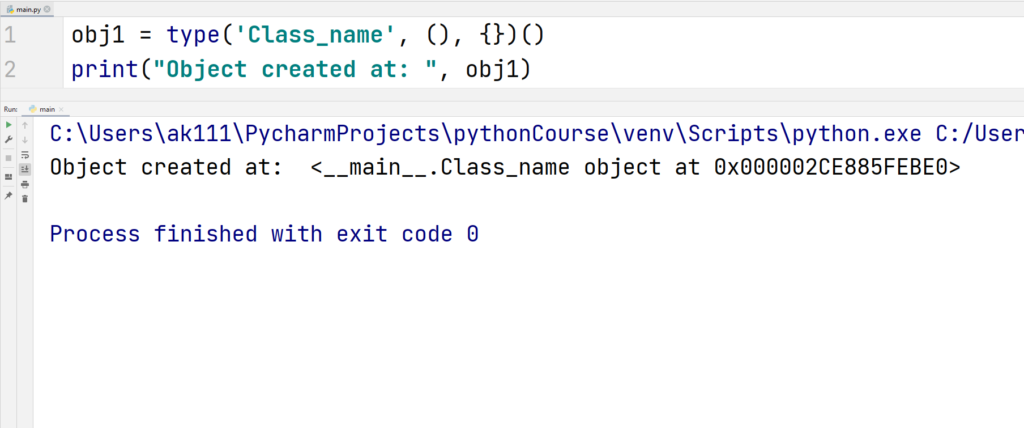
Shorter and cleaner! But how is the code working in the example above?
Let’s understand the code:
- We use Python’s type() function to create a new class named, well, Class.
- The arguments passed in the type() method are, the class name, a tuple containing base classes, and the dictionary used by the object.
- The object dictionary can contain methods or the object’s methods.